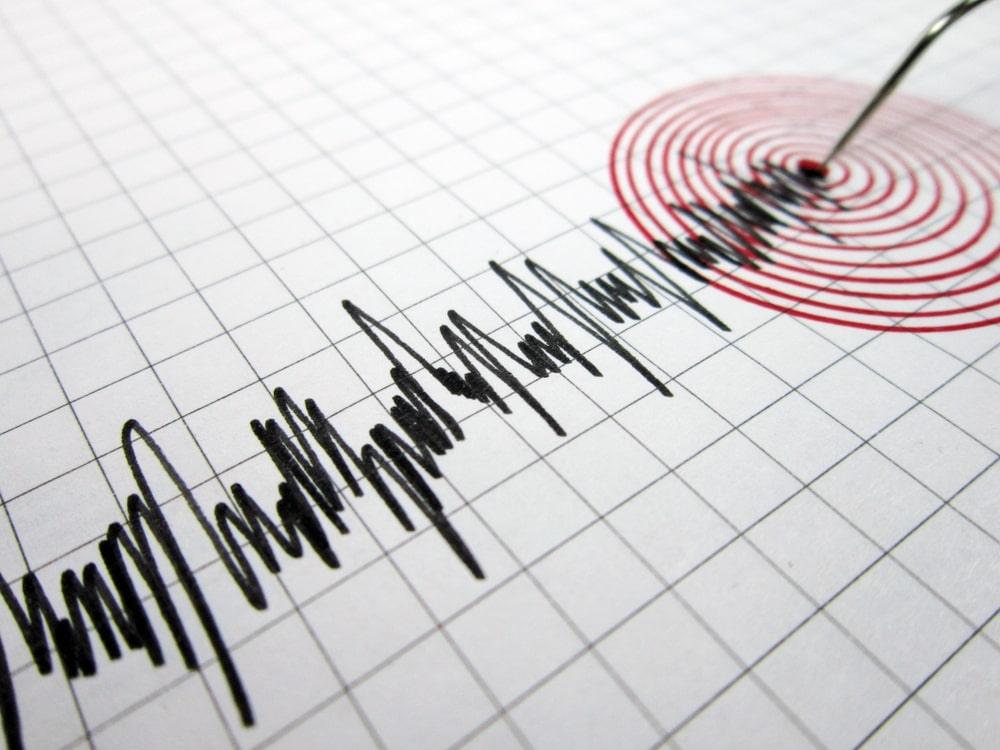
San Francisco Residents Take to the High Ground Following Offshore Earthquake
For a brief period, many people along the California coastline were displaced recently from their homes via an automated evacuation alert triggered by a Tsunami warning from an offshore earthquake. Whilst the damage did not amount to much and the Tsunami wave was small, the impact of the alert was certainly felt across the region and perhaps more importantly, provides a warning for what might be to come.
The December 5, 2024, M 7.0 Offshore Cape Mendocino earthquake occurred approximately 100 km southwest of Ferndale, northern California. This earthquake occurred west of the Mendocino triple junction – the region where the Pacific, North America, and Juan de Fuca/Gorda plates meet – along the Mendocino fracture zone.
Typically, earthquakes in this location tend to move laterally and so do not produce substantial wave impacts akin to the vertically shifting events such as that of the Banda Aceh [Indonesia] region of 2004 or the Honshu [Japan] 2011 event. It should be noted that both events were much stronger. Nevertheless, just over 60 miles to the west-southwest of Humboldt County’s Ferndale, a tsunami warning was issued for a wide swath of the West Coast.
The warning extended from Oregon to central California, and at least 5.3 million people in California were affected. Many San Franciscans took the warning seriously and fled for higher ground.
This area (near the ‘triple junction’) is one of the more seismically active regions of California and its surroundings. Of the 11 earthquakes magnitude 7 and larger in California since 1900, five (including the 2024 event) occurred in the vicinity of the Mendocino triple junction.
Along this fracture zone, the December 5, 2024, earthquake occurred in a similar location to a magnitude 7.1 earthquake in 1923 that caused some damage and triggered a small tsunami. Further west, a magnitude 7.1 earthquake occurred in 1994 that did little damage to onshore regions.
The most damaging earthquakes in this region of northern California have occurred onshore, within the North America plate. These include a magnitude 7.2 earthquake in April 1992 near Petrolia, California and a magnitude 7.2 earthquake in November 1980 near Eureka, California. Both events caused extensive regional damage, and the 1992 earthquake triggered a small tsunami recorded in California and Hawaii.
The largest offshore Earthquake in this region in the last 150 years was the 31st January 1922 shock. Estimated at 7.6, this has only been surpassed by the April 18th 1906 [onshore] quake in San Fransisco 7.9, where more than 3000 people died and which was estimated to have destroyed 80% of its buildings.
So, whilst this event did not cause much structural damage (compared to larger earthquakes) due to shaking, or inundation damage due to Tsunami, earthquakes in this vicinity have the potential to do so in the future.
Russell is constantly monitoring the threat to businesses of global Earthquakes, from both a physical damage and/or contingent business interruption perspective
These insights will be becoming increasingly integrated within our range of exposure solutions, as part of Russell Thinking, our Connected Risk series of thought leadership and scenario case studies, which we will be rolling out in 2025.